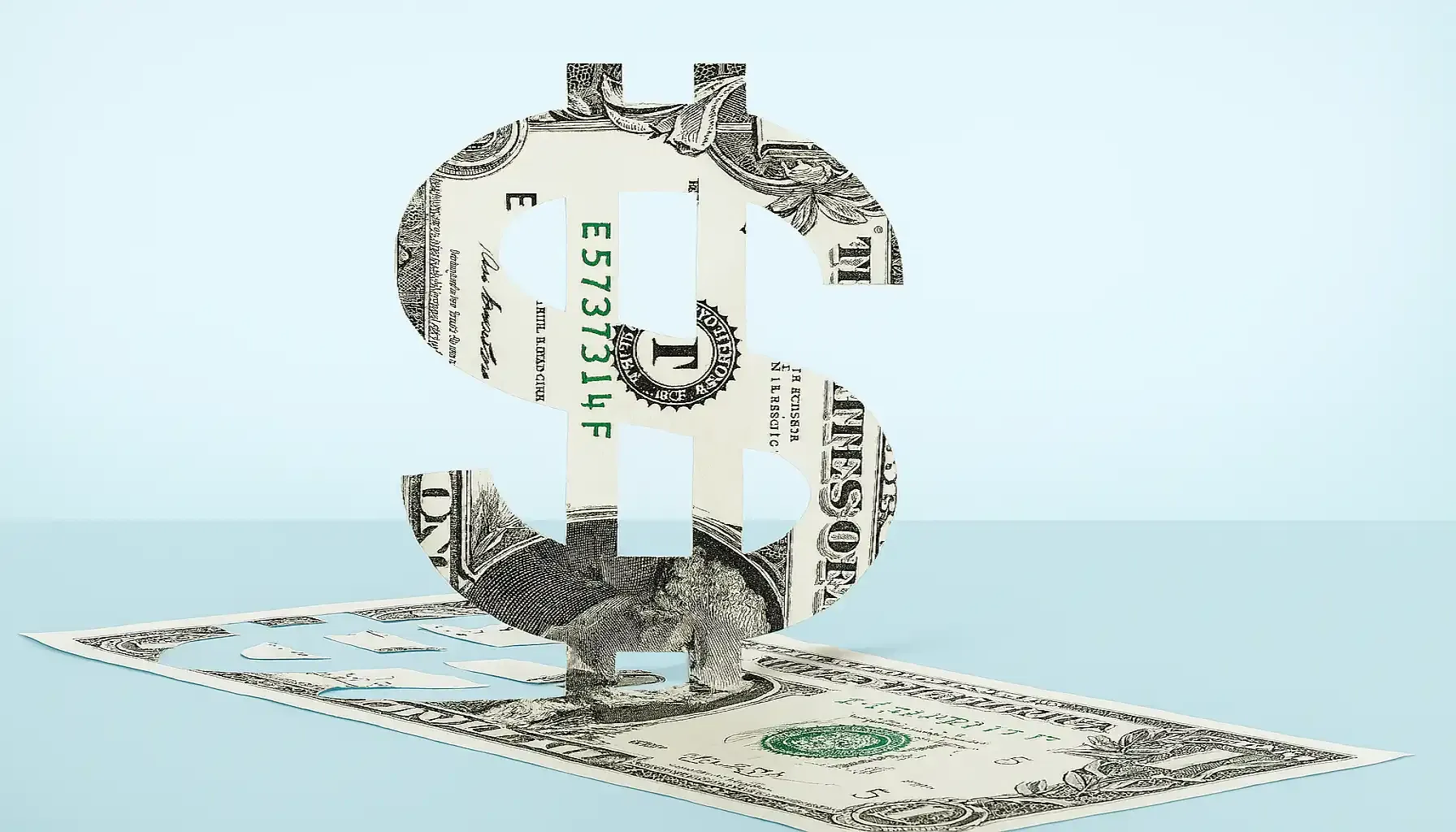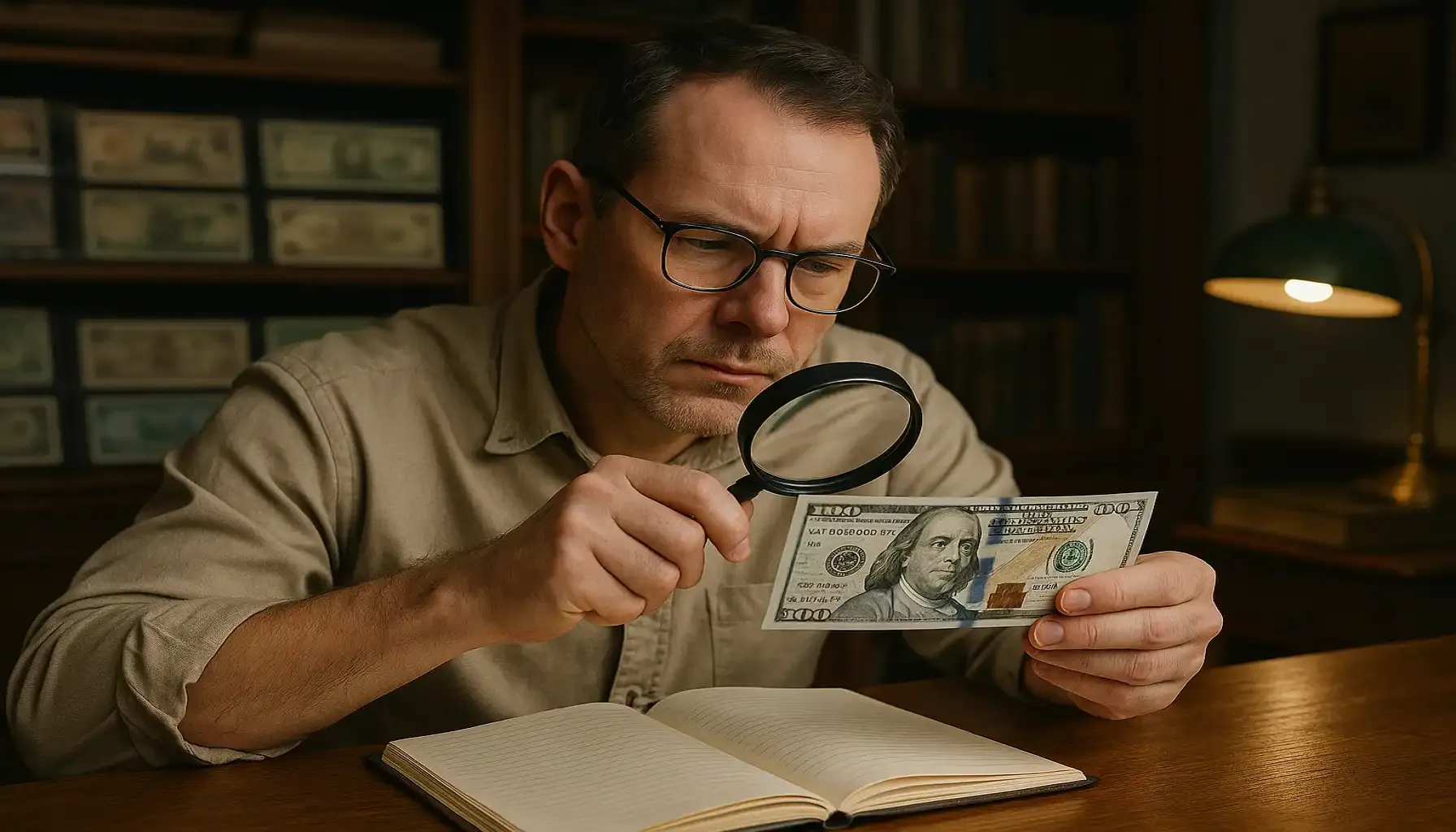Contents:
Some coins should comprise the foundation of the numismatic sphere of the country, and these are generally ordinary instances without the allure of silver coins or the rarity of older collectibles. One of the instances that anyway holds a special place in the history of the monetary industry in the US is the 1974 half dollar coin.
Assuming that this is a widely circulated option, how much is a 1974 half dollar worth? What are the main attributes of these samples, and how to identify the most valuable relic among those of low-quality coins? Read this material and turn into a professional coin value checker on your own!
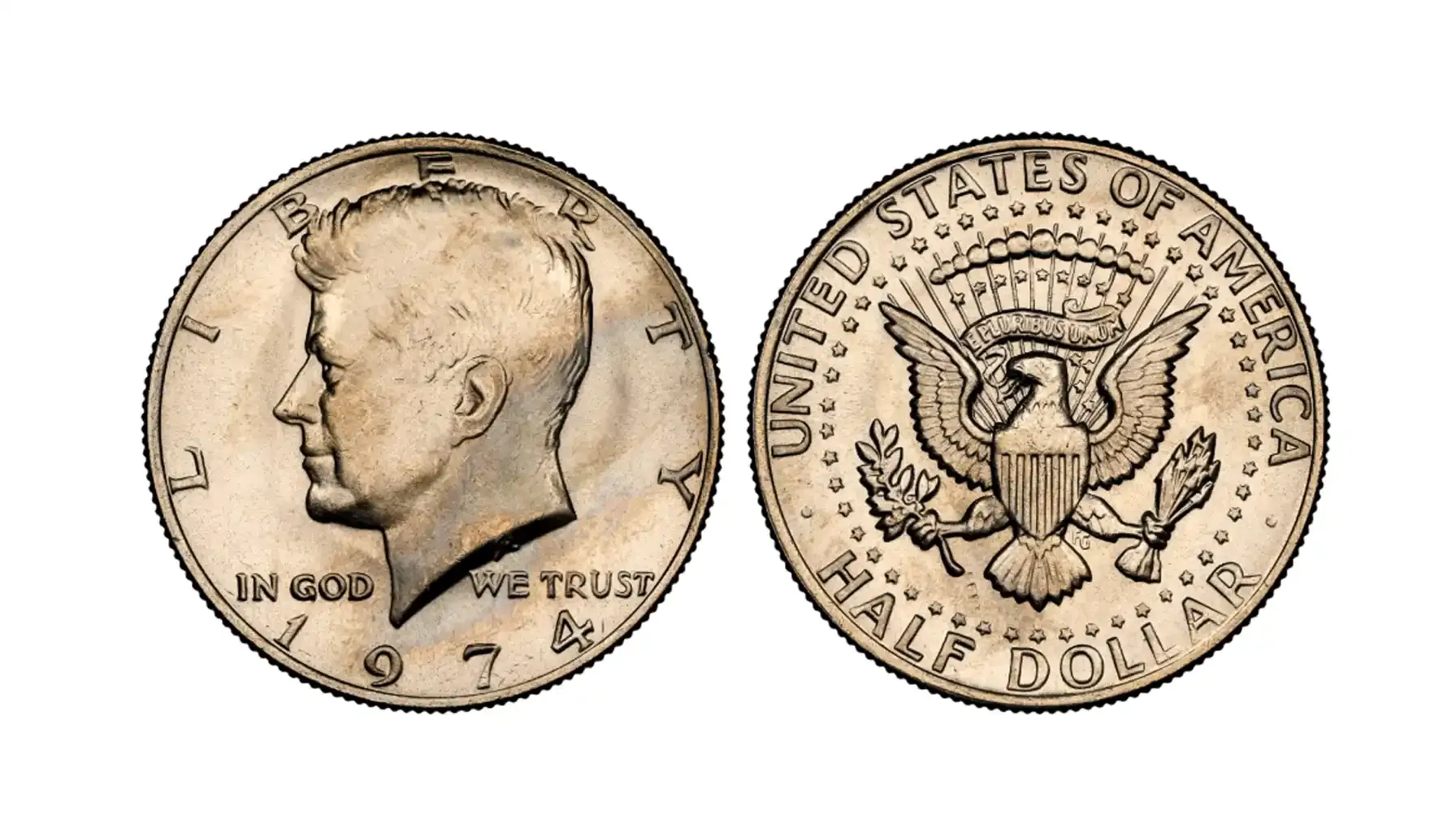
What Was Happening in the US in 1974?
1974 was a crucial year in American history (yet were there not crucial years?), and this was characterized by cultural changes, financial challenges, and instability in politics. The Watergate scandal's aftermath, which led to President Richard Nixon's resignation in August, was one of the year's most pivotal events by all means. This historic political event dominated national news and changed the public's perception of the administration for good.
From the economic perspective, the United States was not in a great position as a result of the 1973 oil crisis. Inflation and a growing fear of financial distress were caused by rising energy prices, and everything from national fiscal policies to consumer behavior was impacted by this economic uncertainty. Not the best time for sure.
The Kennedy half dollar, which was introduced ten years prior, remained a representation of national cohesion and a tribute to a cherished president, and the iteration of 1974 may be considered a true symbol of the American economy and minting techniques of its time. Now we know which circumstances surrounded the appearance of the Kennedy half dollar 1974 and which aspects were definitive of that period. But about the design?
Related article: 20 Most Valuable One Dollar Coins
Features and Specifications
The 1974 JFK half dollar is a notable example of a mid-century US monetary system. Let us thoroughly study its distinctive characteristics and what makes this coin unique.
Composition and Metal Content
Unlike the previous silver issues, the 1974 half dollar may boast only a copper-nickel-clad composition. The outer layers are bonded to a core of pure copper and consist of 75% copper and 25% nickel. The 1974 half dollar is still a strong and recognizable piece of US currency, even though it does not have the same inherent worth as silver coins do.
An interesting fact: Following the 1971 discontinuation of silver coinage in the majority of denominations, this composition was chosen to cut expenses (all thanks to the crises in the country).
Weight and Dimensions
Weight | 11.34 grams, which is heavier than today’s most commonly circulated coins |
Diameter | 30.6 millimeters |
Thickness | 2.15 millimeters |
Design Features
Obverse: This side displays Gilroy Roberts' left-facing portrait of John F. Kennedy, who was assassinated in 1963. The inscriptions like "LIBERTY," "IN GOD WE TRUST," and "1974" are also located closer to the picture of a late president. Indeed, it can be honorably called one, if not the most recognizable coin design in American history.
Reverse: The reverse, on its part, presents the Presidential Seal. In particular, the eagle's left talon is equipped with arrows, which stand for strength and resilience, while its right talon bears an olive branch, which represents peace. A group of stars above the eagle symbolizes the 13 original colonies, while 50 smaller stars surrounding it represent every state in the United States of America.
Mint Marks and Locations
In the US, there are three mint sites responsible for the production of coins, including the 1974 Kennedy ones.
Philadelphia Mint (refers to as 1974 Kennedy Half Dollar No Mint Mark): Produced approximately 201 million coins
Denver Mint ("D"): Produced around 79 million coins with the "D" mint mark located on the obverse beneath Kennedy’s neck.
San Francisco Mint ("S"): Struck proof coins totaling about 2.6 million pieces, known for their mirror-like finish and high quality.
Edge and Texture
Last but not least, the half dollar coin 1974 bears a reeded edge, which is made up of tiny grooves all around its perimeter. This feature has both functional and decorative uses: it gives the coin's artistry an additional degree of detail and aids in preventing counterfeiting and tampering.
1974 Kennedy Half Dollar Errors and Varieties
Doubled Die Obverse (DDO)
The Doubled Die Obverse is by far one of the most sought-after errors in the 1974 Kennedy half dollar series. This occurs when there is a noticeable doubling in some areas of the coin's design caused by doubled features on the die that struck the coin. As a rule, this happens with either the date (1974) or the "LIBERTY" inscription.
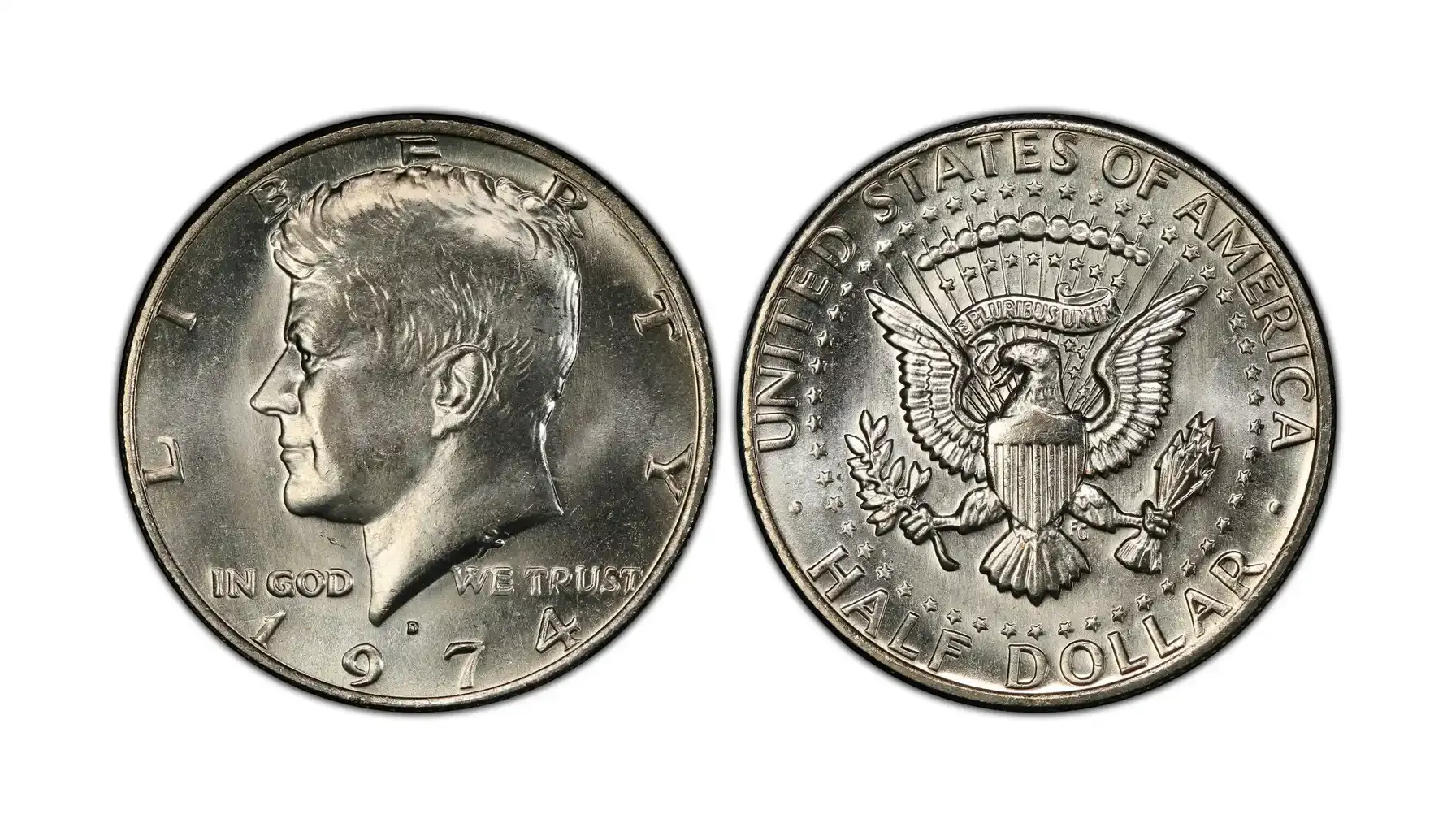
Die Cracks
The existence of die cracks in the 1974 Kennedy half dollar has never been a surprise. These fractures, which show up as lines or breaks on the coin's surface, happen in the die that hits the coin, though these are not as noticeable as other defects. Die cracks can be identified by their elevated lines or cracks in the coin's design, which are typically located around the edges.
Off-Center Strikes
In case the blank planchet, or the metal disc, is not aligned properly in the minting press, it usually leads to an off-center strike. This results in a blank area with some parts of the coin design missing. In severe situations, a significant chunk of the coin might not have the design at all.
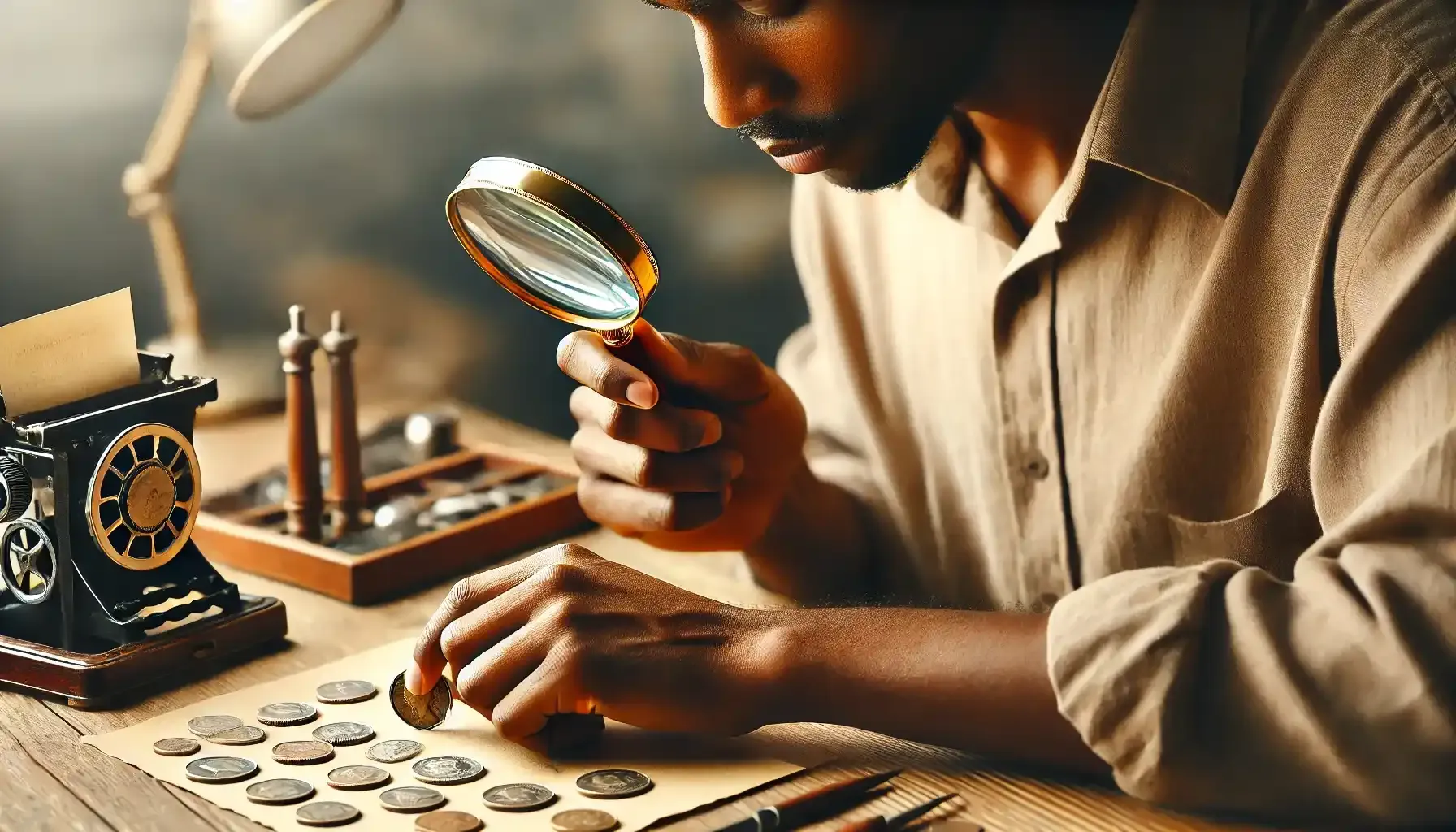
Clashed Dies
When the two dies used to strike the coin collide without a planchet, i.e., the blank metal disc, between them, this results in a "clashed die." Consequently, the design from one die is imprinted on the other in a ghostly manner, which is quite mysterious yet misleading at times. To identify this deviation, look for faint, overlapping images from the reverse design (such as fragments of the eagle or shield) appearing on the obverse (Kennedy’s portrait) or vice versa.
Broadstruck Coins
A broadstruck coin is produced when the planchet is struck without a retaining collar, which helps shape the coin and keep it within the correct size. As a result, the coin seems flattened as it expands beyond its typical diameter. In this situation, it is possible that the coin will be slightly larger than the typical 30.6 millimeters, and the pattern could be hazy or indistinct.
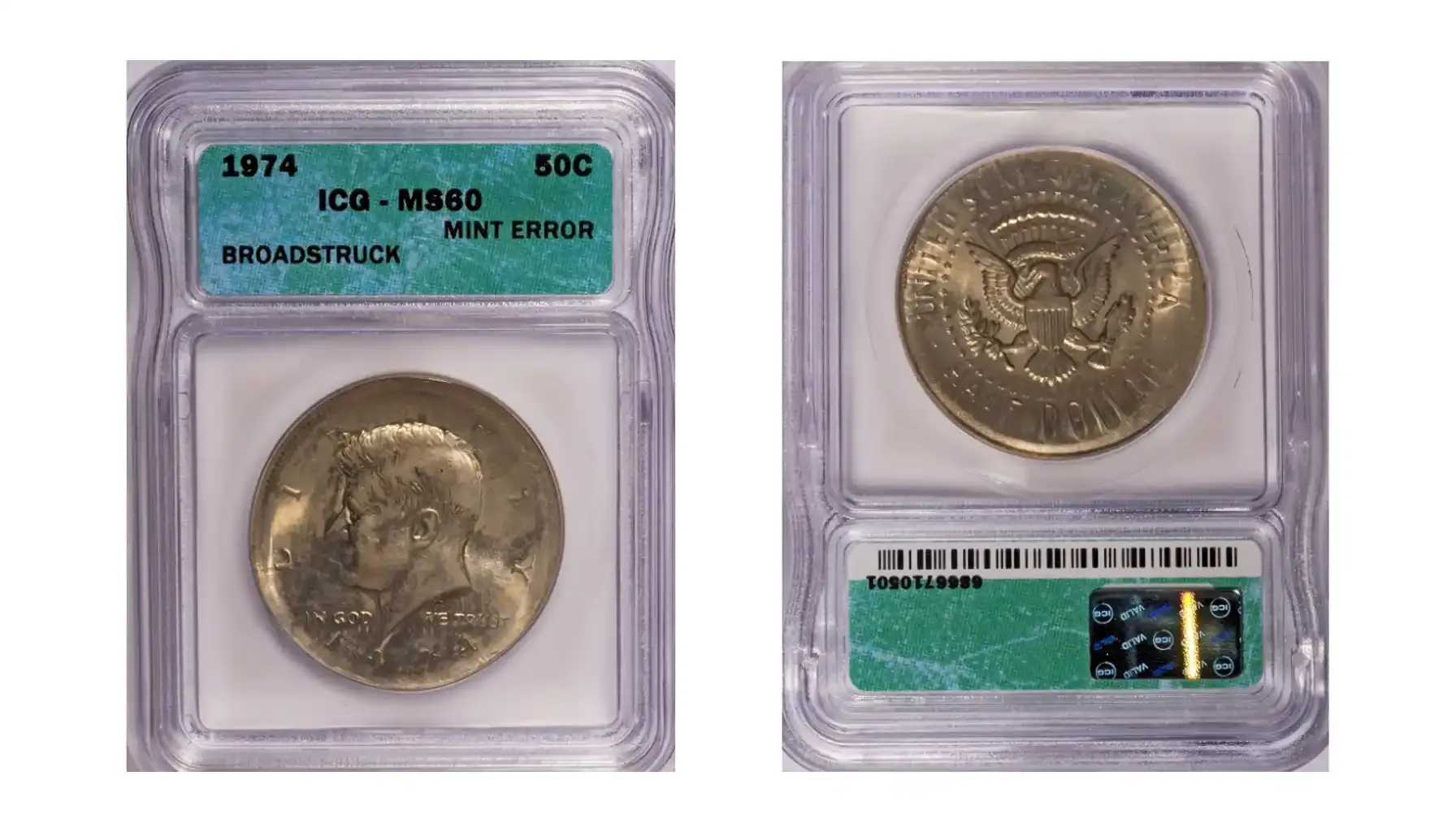
The Value of 1974 Kennedy Half Dollar
Obviously enough, the 1974 Kennedy half dollar value can vary depending on its variations, errors, and condition. Generally speaking, unless it has been expertly graded as an uncirculated coin, the standard coin is only worth its face value of 50 cents. Coins with distinctive features, i.e., errors or proof options, might be valued far more, though.
Condition/Error | Estimated Value |
Standard Circulated Coin | $0.50 (Face Value) |
Uncirculated (MS-60) | $1.50 - $2.50 |
Doubled Die Obverse | $100 - $500+ |
Die Crack | $1.50 - $10 |
Off-Center Strike | $50 - $300+ |
Clashed Dies | $20 - $150+ |
Broadstruck Coin | $20 - $100+ |
Proof Coin | $10 - $30 |
Mint State (MS-65 or higher) | $10 - $15 |
The values listed above are general estimates that can fluctuate based on market demand and the specific features of each coin. To learn more about current 1974 half dollar worth, appeal to reputable resources, auction websites, coin guidebooks, etc.
How to Identify a Valuable 1974 Kennedy Half Dollar?
Wish to know if this or that coin is valuable enough to be incorporated into your collection? It is the condition of the coin, its particular variants, and the use of instruments to determine its value that determines if this instance is valuable. Here is how to recognize a good one:
Evaluate the Coin’s Condition
One of the key aspects that might affect a coin's worth is its grade:
Uncirculated (MS-60 or higher): These instances are intact and still have their natural brilliance from the mint. They are more valuable than coins that are in circulation, as provided above.
Mint State, (MS-65+): Higher grade coins, like MS-65 or MS-70, as a rule, have minimal surface imperfections, which makes them almost flawless. The value of these coins may increase over time.
Circulated Coins: The last, the most extensive group usually exhibits obvious signs of wear. Unless they feature rare errors or stay in excellent condition, these hold face value only.
Identify Proof Coins
Sometimes, the US Mint releases the coins made especially for collectors, and these are called the proof ones. They are typically in better condition than those in regular circulation, which is obvious since they do not enter circulation anyway.
Use a Magnifying Glass
So as to inspect the features of a half dollar more accurately, use a loupe or a magnifying glass. This is to allow you to examine the general condition and identify finer features, both of which are essential for figuring out worth.
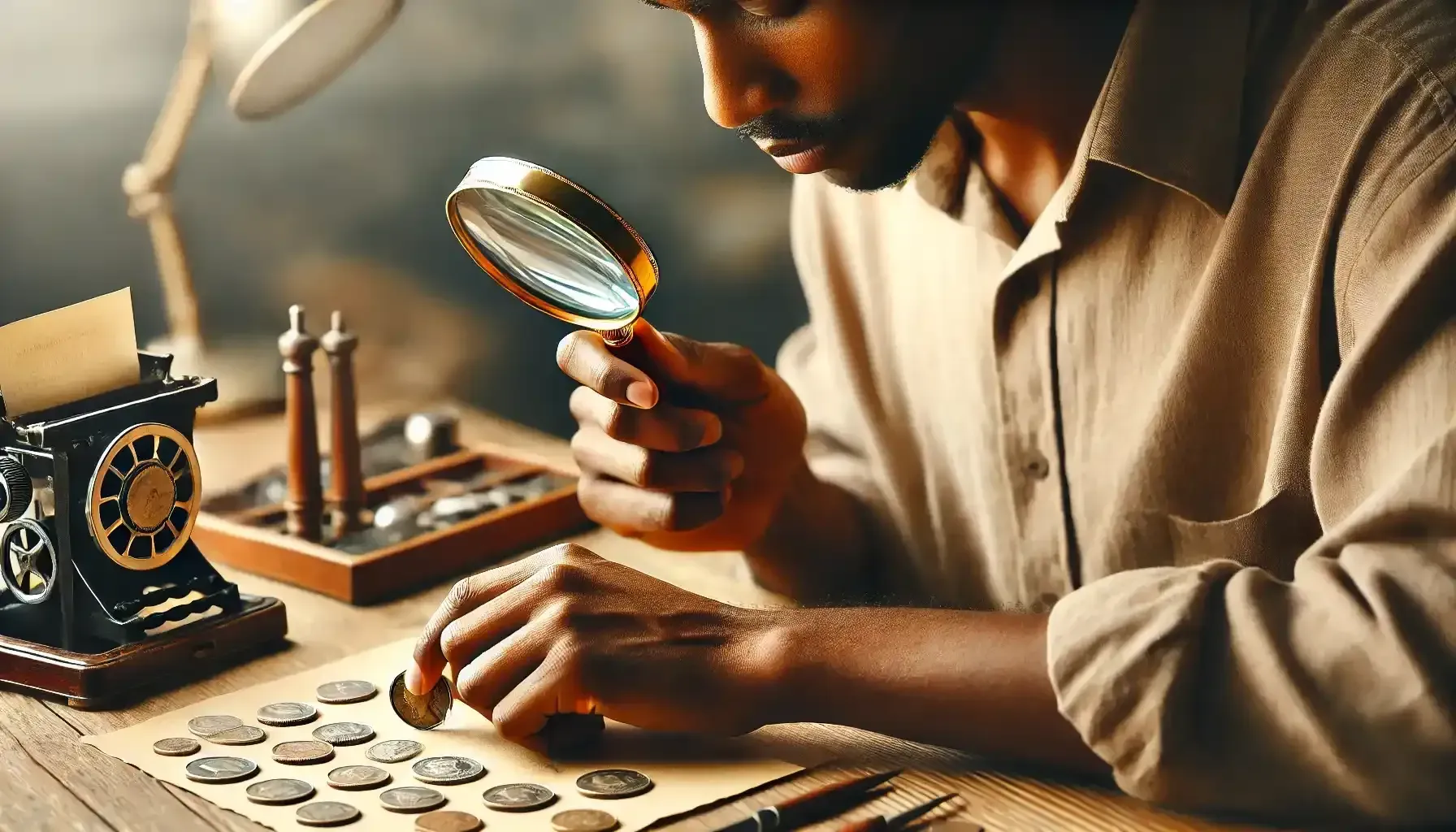
Consult Price Guides and Experts
Finally, refer to coin price guides like the Red Book or PCGS Price Guide to establish the exact worth of your 1974 Kennedy half dollar. Besides, you are always free to utilize apps like Coin ID Scanner which represents a more innovative type of guidebook yet equipped with additional tools like quick identification by photo, collection management instruments, and even more. Try to start with the John Adams dollar coin, for example, and check its possibilities.
Sometimes, a coin may seem ordinary at first glance, but if it is not?..

